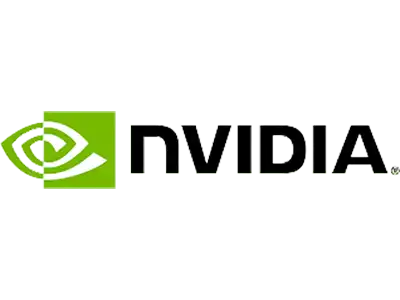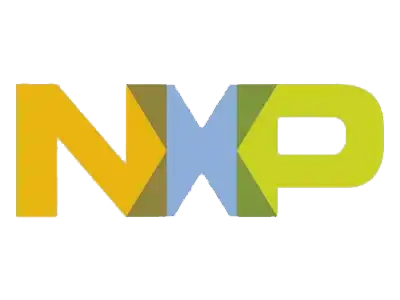Blogs - Embedded Software
Line Grid Array (LGA) Modules: Pioneering Design in the Semiconductor Age
In today’s semiconductor era, embedded engineers aspire to design Printed Circuit Boards (PCB) plates that are both compact and feature rich. Enter Line Grid Array (LGA) technology – a groundbreaking innovation that enables just that. This blog delves into the concept of LGA, its significance in embedded electronics design, key applications, and testing methodologies.
Deploying Connected Multi-Camera Solutions for Various Requirements
According to a report by Straits Research, the global multi-camera system market size is projected
LINT and CDC in VLSI: Ensuring Robust Design and Verification
This article explains the importance of LINT and CDC in VLSI design and verification. LINT is a process that checks the quality of the HDL code, while CDC is a process that verifies the signals crossing different clock domains. Both LINT and CDC aim to ensure robust design and prevent errors or failures in semiconductor devices.
Exploring ESP32 BLE Connectivity
In the world of Internet of Things (IoT), Bluetooth Low Energy (BLE) has become an
Sleep Mode on MCU
There are typically several sleep modes available in microcontrollers to optimize power consumption. The exact
Implementing Firmware Update Request in Charging Station Management Systems (CSMS) Using OCPP 1.6
As more people start using electric cars (EVs) and more places have charging stations for these cars, it’s important to keep the software in these charging stations updated. This software, called firmware, is like the brains of the charging station. Updating it regularly helps the charging station work better, be more reliable, and stay compatible with new technologies. In this article, we’ll explore the process of implementing firmware update requests in Charge Station Management Systems (CSMS) using OCPP 1.6, a standard protocol for managing electric vehicle (EV) charging infrastructure.
An Overview of UVC and UAC class and USB Video Conferencing Device with Aikri-QCS610 Platform
Universal Serial Bus popularly known as USB is a Plug and Play interface used for computers to communicate with diverse types of USB peripherals. Keyboards, Mouses, Joysticks, Speakers, Webcams, External Drives are common USB devices. The underlying mechanisms for each of these devices are different. Some of them are mass storage devices, video devices, audio devices while others are human interface devices. UVC stands for USB Video Class and can transmit video over USB, similarly UAC stands for USB Audio Class and can transmit audio over USB. When user plugs a UVC/UAC device to the host, configuration, and enumeration of UVC/UAC device at host will be completed and its capabilities advertised to the host. USB Camera and USB Headset is an example of UVC and UAC Device, respectively.
Least Privileges in IOT and Organization
The Principle of Least Privilege (PoLP) is a critical cybersecurity concept that limits user and system access rights to the minimum necessary. On the Internet of Things (IoT) landscape and within organizations, implementing PoLP through role-based access control, network segmentation, and regular audits can significantly reduce security risks, mitigate potential damage, and enhance overall security posture.
NVIDIA Drive OS: Revolutionizing the Autonomous Vehicle Landscape
NVIDIA Drive OS is a sophisticated operating system designed to unlock the full potential of autonomous vehicles. By enabling real-time processing, deep learning integration, and a scalable architecture – Drive OS provides a robust foundation for developers to build safe, intelligent self-driving solutions across industries.




